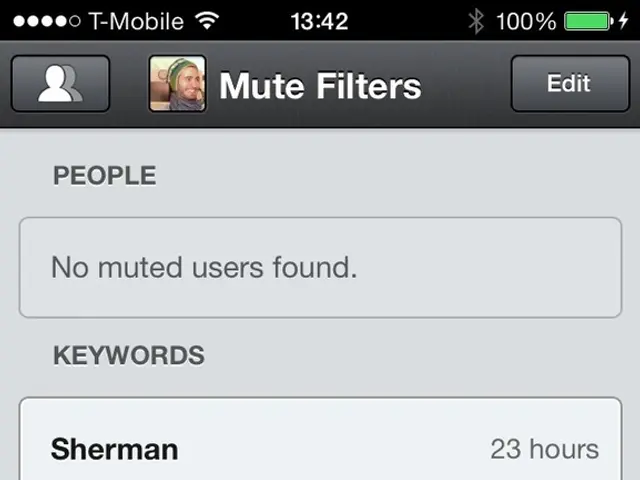Instructions on Procuring the Most Effective Dehumidifier for Your Domestic Space
In the quest for a comfortable and healthy home environment, dehumidifiers have become increasingly popular. These appliances help maintain the ideal relative humidity (RH) for human comfort, which is around 40%, by removing excess moisture from the air. But with two main types available – refrigeration and desiccant rotor dehumidifiers – how do you know which one is best for you?
Refrigeration Dehumidifiers
Refrigeration dehumidifiers work by cooling air below its dew point using a cold coil filled with refrigerant. This process causes moisture to condense and be collected, making them effective in hot, humid weather. They are the most common type in Australia and are particularly useful in moderate to warm conditions. However, these units face performance issues at low temperatures because the coil can freeze up if it gets too cold.
Desiccant Dehumidifiers
Desiccant rotor dehumidifiers, on the other hand, use a desiccant material (often silica gel) that adsorbs moisture from the air rather than condensing it. The moisture binds to the surface of the desiccant medium and is later released through a regeneration process using heated air. Desiccant units operate effectively at a much broader temperature range, including sub-zero temperatures, without the risk of freezing. They can achieve very low dew points (below 40°F) and maintain dry conditions even in very cold or very dry environments.
| Feature | Refrigeration Dehumidifiers | Desiccant Dehumidifiers | |------------------------|------------------------------------|-----------------------------------------| | Principle | Condensation via cooled refrigerant coil | Adsorption onto desiccant material | | Effective Temperature Range | Best above freezing (above ~40°F) | Wide range including sub-zero (down to -25°C or lower) | | Dew Point Capability | Limited (coil freezes below 32°F) | Can achieve very low dew points (<40°F) | | Humidity Removal | Effective in warm, humid conditions| Effective in cold, low humidity conditions | | Suitability | Hot and moderate climates | Cold climates and specialized requirements |
Suitability by weather:
- Hot weather: Refrigeration dehumidifiers are generally more suitable because they efficiently remove moisture in warm conditions without excessive energy use.
- Cold weather: Desiccant dehumidifiers are preferred due to their ability to work without freezing issues, handle very low temperatures, and reach lower humidity levels effectively.
In summary, refrigeration dehumidifiers are ideal for hot and moderate climates, while desiccant dehumidifiers excel in cold weather and very low humidity applications. Their distinct operating principles and temperature management capabilities dictate their optimal usage scenarios.
It's essential to consider both the climate and specific needs of your home when choosing a dehumidifier. For instance, if you live in a cold, damp climate, a desiccant dehumidifier might be more suitable. On the other hand, if you reside in a hot, humid area, a refrigeration dehumidifier would likely be the better choice.
It's also worth noting that dehumidifiers can help with various issues, such as musty smells, dust mites, mould or mildew, and condensation on windows. They can be used to dry clothes indoors and can be helpful in almost any location in a house. Some models even come with air filters to trap dust and/or UV light filters that eliminate airborne bacteria.
When purchasing a dehumidifier, keep in mind that they typically cost between $200 and $900, depending on the size and model. It's better to buy an oversized capacity dehumidifier than an undersized one, as it will run more efficiently and effectively.
Lastly, regular maintenance is crucial, especially for air conditioners, as they can help reduce humidity in a home. Regular servicing ensures they operate efficiently and effectively, keeping your home comfortable and healthy.
- Considering the list of concerns for a comfortable and healthy home environment, it would be beneficial to pair a lifestyle conscious with a home improved via the use of both a fashion-and-beauty-centered approach to air fresheners and a home-and-garden-focused dehumidifier that addresses issues such as musty smells, dust mites, mould or mildew, and condensation on windows.
- For those with a keen interest in fashion-and-beauty, air fresheners can not only mask unpleasant odors but also enhance the overall aesthetic and well-being of a home. Simultaneously, home-and-garden enthusiasts can choose a dehumidifier suited to their climate, whether it is hot and humid, or cold and damp, ensuring both a comfortable and healthy living space, and achieving a lifestyle of well-being and environmental control.







